Bernedoodle Dog Care Guide: Essential Tips for a Healthy, Happy Dog
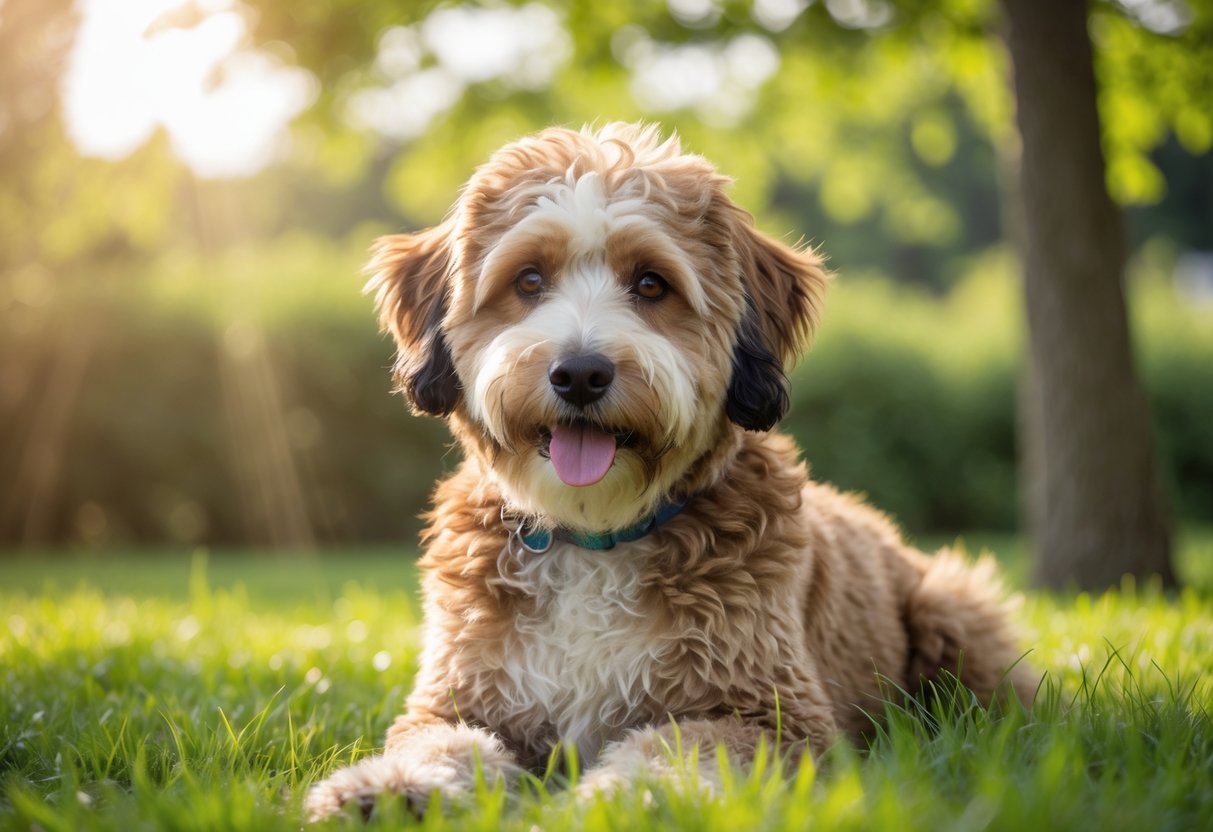
The Bernedoodle is a mixed breed dog, created by crossing a Bernese Mountain Dog with a Poodle. It is known for being friendly, intelligent, and often hypoallergenic, making it a good choice for families or people with allergies. This breed combines the best traits of both parents, offering loyalty and a low-shedding coat.
Bernedoodles have moderate exercise needs and do well with daily walks and playtime. They require regular grooming to keep their coat healthy, and their lifespan can range from 12 to 18 years, especially for smaller-sized dogs. Understanding their traits helps potential owners decide if this breed suits their lifestyle.
What Is A Bernedoodle?
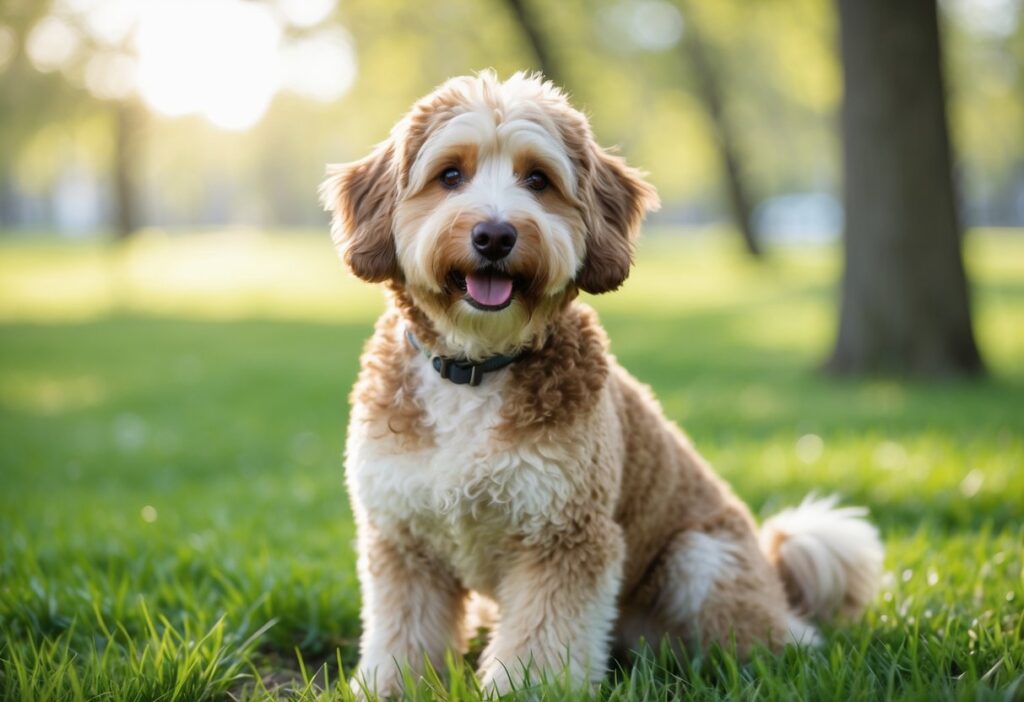
The Bernedoodle is a mix of two well-known dog breeds, combining traits from each parent. It has a unique look and specific physical features. Its history and the colors of its coat are also distinct and important to understand.
History And Origin
The Bernedoodle is a hybrid dog created by crossing a Bernese Mountain Dog with a Poodle. This mix is designed to blend the Bernese Mountain Dog’s calm and gentle nature with the Poodle’s intelligence and low-shedding coat.
The first Bernedoodles appeared in the early 2000s as breeders sought a friendly, family-friendly dog with fewer allergies. Breeders often use a purebred Bernese and a purebred Poodle to create the first generation, called F1 Bernedoodles.
The breed is still fairly new, but it has gained popularity for being healthy and adaptable. Breeders sometimes backcross Bernedoodles with Poodles, creating variations like F1B Bernedoodles, which may have even less shedding.
Physical Characteristics
Bernedoodles vary in size depending on whether a standard, miniature, or toy Poodle was used in the mix. Generally, they have a sturdy build with a friendly, expressive face.
They tend to have floppy ears, big round eyes, and a medium to long-length coat that can be wavy or curly. Their body shape is balanced, neither too heavy nor too slim, reflecting traits inherited from both parents.
These dogs usually weigh between 40 to 90 pounds, but size may differ. Bernedoodles are active and strong, showing both the Bernese Mountain Dog’s power and the Poodle’s agility.
Common Coat Colors
Bernedoodles usually have tri-color coats similar to the Bernese Mountain Dog, including combinations of black, white, and rust or brown.
Other common colors include solid black, black and white, or a mix of cream and gray. The coat can be curly or wavy, depending on the Poodle influence, and many Bernedoodles shed less than pure Bernese Mountain Dogs.
Below is a simple overview of common coat colors:
| Color Type | Description |
|---|---|
| Tri-color | Black, white, and rust/brown mix |
| Solid Black | Mostly black |
| Black and White | Patches or blends of black/white |
| Cream and Gray | Lighter colors with soft tones |
The coat texture and color vary widely, but all are considered part of the breed’s charm.
Berndoodle Temperament And Personality
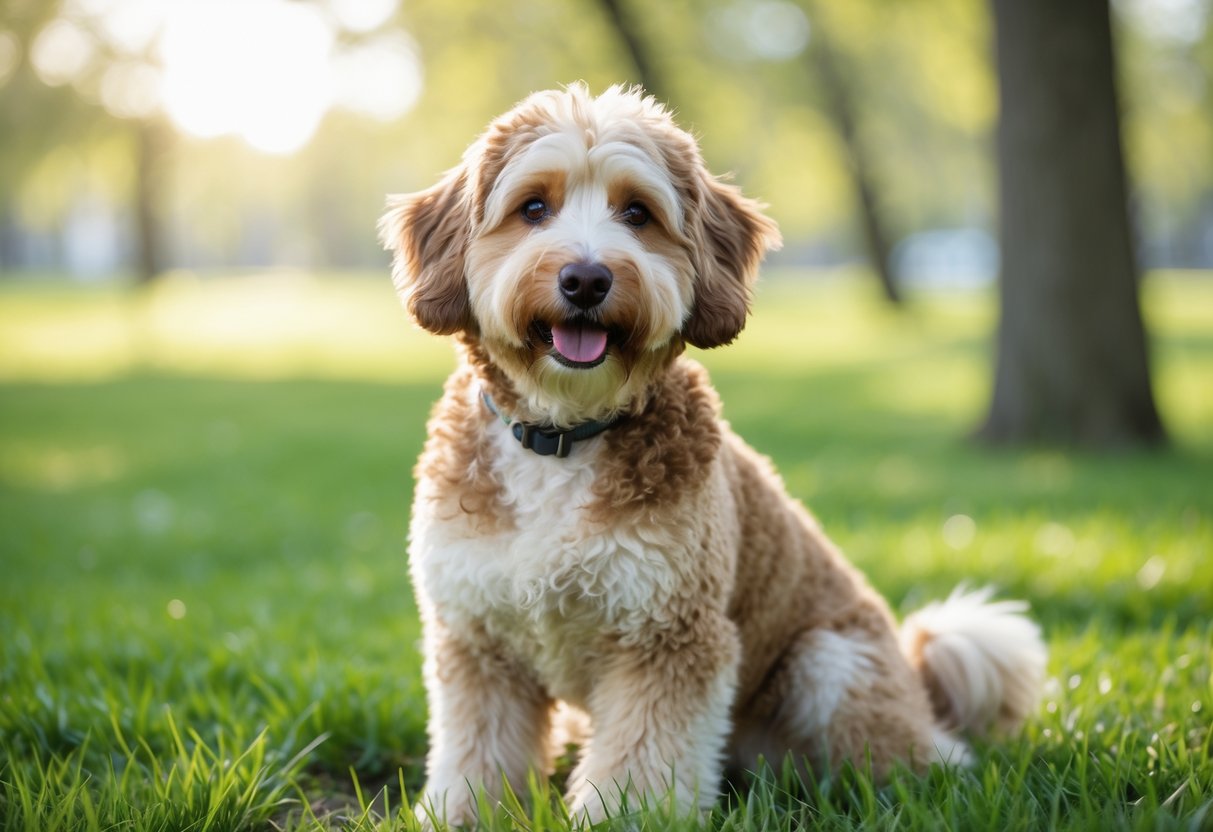
The Berndoodle is known for being friendly, smart, and adaptable. This breed shows strong loyalty and enjoys being part of family life. Its personality strikes a good balance between playfulness and calmness.
Behavior With Families
Berndoodles are very affectionate with family members. They often form close bonds and like to stay near their people. This breed tends to be gentle and patient with children, making them good family dogs.
They are also intelligent and eager to please, which makes training easier. Consistent, positive reinforcement works best with them. Berndoodles thrive in homes where they get attention and daily mental challenges.
Interaction With Other Pets
Berndoodles usually get along well with other pets. Their social nature helps them adapt to homes with dogs and sometimes cats. Early socialization helps prevent any territorial issues.
They are generally non-aggressive and enjoy playing with other animals. When introduced properly, Berndoodles can live peacefully alongside other pets.
Typical Energy Levels
Berndoodles have a moderate to high energy level. They require regular exercise, such as walks and playtime, to stay healthy and happy. Without enough activity, they can become bored or restless.
This breed likes variety, so mixing walks with games or training works well. While they enjoy active moments, Berndoodles also appreciate downtime and cuddling with family.
Health And Care Needs For Bernedoodles
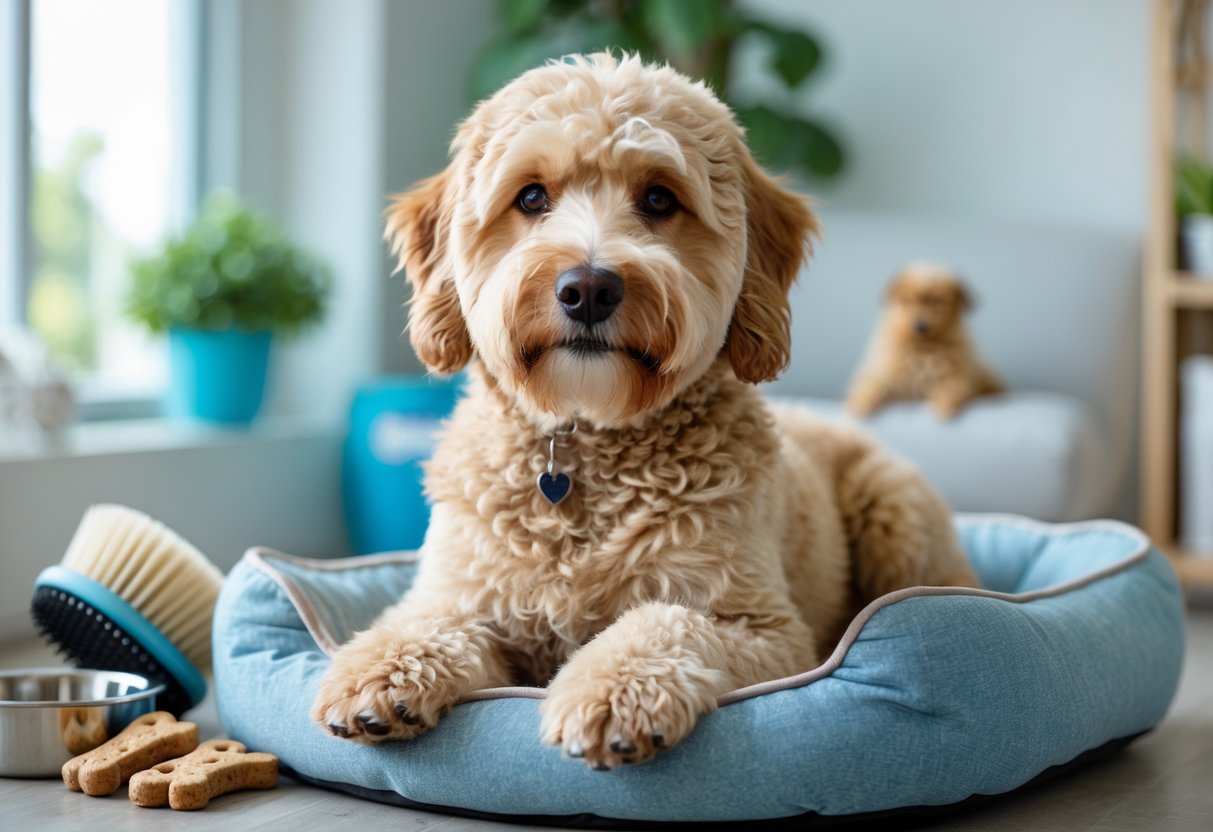
Bernedoodles require a balanced diet, regular exercise, and consistent grooming to stay healthy. They can face specific health issues tied to their parent breeds. Paying attention to these areas helps ensure their well-being.
Dietary Requirements
Bernedoodles need a diet high in quality protein to support their muscle growth and energy. Foods rich in omega fatty acids help keep their coat shiny and skin healthy.
Owners should choose dog food that fits the dog’s size and age. Puppies need more calories to grow, while adults require maintenance calories. Avoid feeding too many treats to prevent weight gain.
Fresh water should be available at all times. Feeding twice a day is common, but this can vary based on activity level. Regular vet checks help adjust diet as needed.
Exercise Recommendations
Bernedoodles have moderate to high energy levels. They need daily exercise to stay fit and prevent boredom. This includes walks, playtime, and mental stimulation like puzzle toys.
About 30 to 60 minutes of activity each day is ideal. Puppies require shorter bursts of play, while adults benefit from longer sessions. Exercise also helps reduce excess energy that might cause behavior issues.
They enjoy outdoor activities but should be watched closely. Exercise reduces the risk of obesity and supports joint health.
Grooming Essentials
Bernedoodles shed less than many other breeds, but they still need regular grooming. Brushing should happen at least 3 times a week to prevent mats and tangles.
Professional grooming every 6 to 8 weeks is recommended. This includes trimming their coat, cleaning ears, and checking nails.
Daily teeth brushing is important to avoid plaque build-up and maintain good oral health. Baths should be given when the dog is dirty or smells, but not too often to avoid skin dryness.
Common Health Issues
Bernedoodles may inherit health problems from Bernese Mountain Dogs and Poodles. Common concerns include hip and elbow dysplasia, which affect joints and movement.
They can also face eye problems such as cataracts or progressive retinal atrophy. Regular vet check-ups help detect issues early.
Skin allergies and ear infections are possible because of their outdoor activity and coat type. Monitoring for itching or redness is important. Early care prevents more serious problems.
Training And Socialization Tips
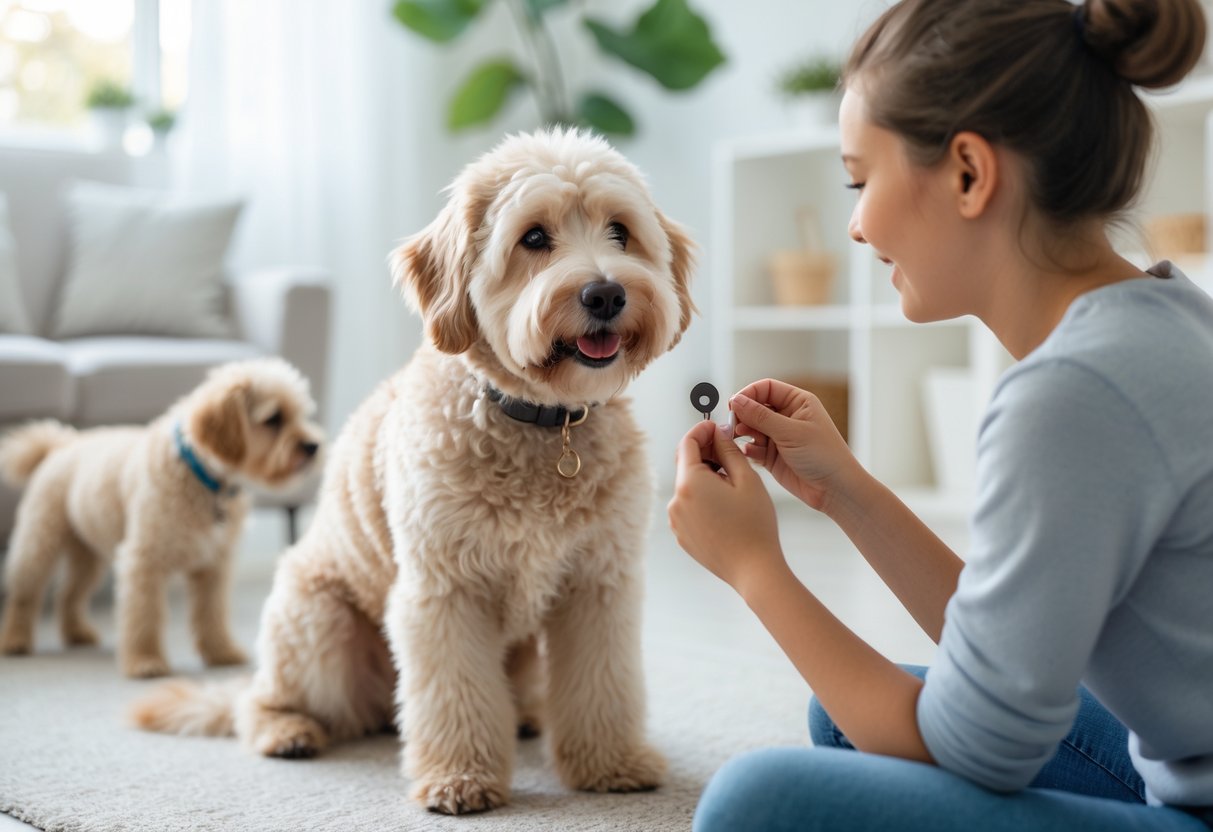
Training a Bernedoodle requires clear steps and consistent effort. Proper habits start at home with house training. Teaching obedience helps the dog listen and behave well. Introducing social experiences early makes the Bernedoodle confident around people and other animals.
House Training Techniques
House training should begin as soon as the puppy arrives home. Establish a regular bathroom schedule by taking the puppy outside frequently, especially after meals and naps. Praise and reward the puppy immediately after they go in the right spot to reinforce good habits.
Watch for signs like sniffing or circling that indicate the need to go outside. Clean any accidents inside thoroughly to remove odors and prevent repeat incidents. Patience and consistency from the owner help the puppy learn faster.
Using a crate can support house training, as dogs naturally avoid soiling their sleeping area. Limit the puppy’s freedom until they understand where to go, then gradually allow more access.
Obedience Training Advice
Start obedience training early with simple commands like “sit,” “stay,” “come,” and “leave it.” Use short, focused sessions of 5 to 10 minutes multiple times per day. Positive reinforcement, such as treats and praise, encourages the Bernedoodle to repeat good behavior.
Keep training consistent across all family members to avoid confusion. Avoid punishment, which can cause fear and harm the owner-dog bond. Instead, redirect unwanted behaviors calmly and reward the desired actions.
Be patient and clear. Bernedoodles are smart but need regular practice. Basic obedience lays the foundation for more advanced training and better manners in daily life.
Early Socialization Strategies
Early socialization exposes the Bernedoodle to different people, animals, sounds, and environments. This helps prevent fear and aggressive behavior later. Introduce the puppy to a variety of experiences in a calm and controlled manner.
Arrange playdates with friendly dogs and meet new people regularly. Walk the puppy in different locations to experience new sights and smells. Reward calm and confident responses to new situations.
Avoid overwhelming the puppy with too many new things at once. Gradually increase exposure while keeping experiences positive. Early socialization builds a well-adjusted dog that handles changes without stress.

Frequently Asked Questions
Bernedoodles vary in size based on their parents’ breeds and genetics. Their personalities often blend traits from both Bernese Mountain Dogs and Poodles. They generally live 10 to 12 years. Their coats can be low-shedding, making them suitable for some allergy sufferers. Prices and purchasing points depend on several factors.
